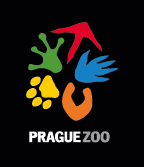The return of the wild horses – heading east!
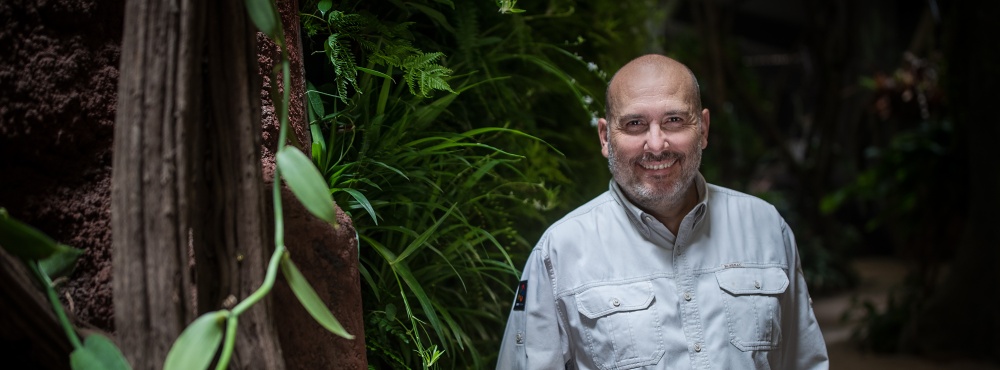
As soon as we arrived in Ulaanbaatar, the director of the Great Gobi B Protected Area, our long-time collaborator, Ganbaatar, gave me the best news I have heard since our transports of Przewalski’s horses started in 2012. A third-generation foal has just been born in this reserve in western Mongolia! In 2012, we transported four Przewalski’s mares from Prague to the Gobi by CASA military aircraft. One of them was Anežka. She had a daughter, Dodo, who gave birth to a filly, Sunder. Well, Sunder now has her own foal, Anežka’s great-grandson!
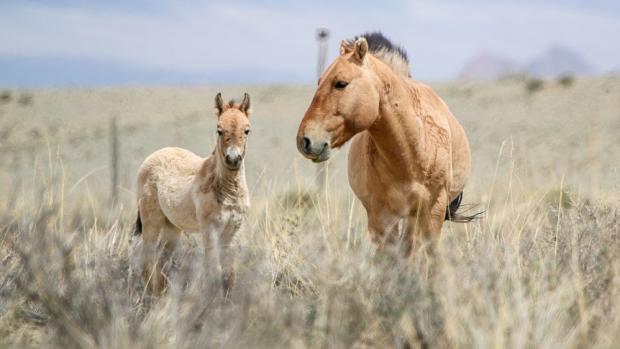 In Mongolia the Przewalski’s are having foal after foal. Pictured here is the stallion Hustai with this year's foal of the mare Spina. She was transported to Gobi B in June 2019. Hustai also flew on a Czech army plane during the intra-Mongolian transport in 2016.Photo: SPA Great Gobi B
In Mongolia the Przewalski’s are having foal after foal. Pictured here is the stallion Hustai with this year's foal of the mare Spina. She was transported to Gobi B in June 2019. Hustai also flew on a Czech army plane during the intra-Mongolian transport in 2016.Photo: SPA Great Gobi B
Naturally I was yearning to head west as soon as possible, to the Gobi B, but we’d flown to Mongolia to go in the opposite direction, to the easternmost part of the country. Why? At the time of writing this column, there are exactly 938 Przewalski's horses in Mongolia (including the 100 foals born this year). They are found in Gobi B and Khomyn Tal in western Mongolia and in Khustain Nuruu in central Mongolia. This successful return of Przewalski's horses to Mongolia began exactly thirty years ago, when two planes carrying “Przewalski's” from Europe landed in Ulaanbaatar shortly after each other – one with a shipment of horses for Gobi B and one for Khustain. However, there is a certain irony in the fact that much earlier serious consideration was given to returning the Przewalski's horses to eastern Mongolia. It never happened and only now is it being planned – by Prague Zoo in cooperation with many Czech and Mongolian organizations.
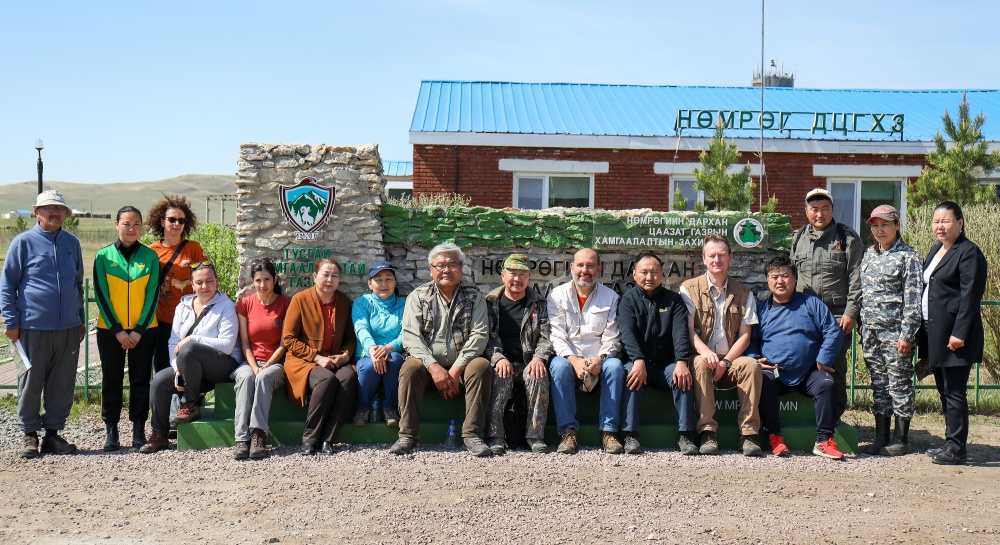
Just two days after our Ulaanbaatar meeting with Ganbaatar, we were criss-crossing the steppes of eastern Mongolia in off-road vehicles. We had returned to the Dornod area after more than two and a half years. This time, however, we were in far greater numbers. Not even covid had stopped us working on our plan to return the Przewalski's horse to eastern Mongolia. Several Mongolian experts had gotten onboard – and now we finally had the opportunity to meet up and assess the pre-selected sites together.
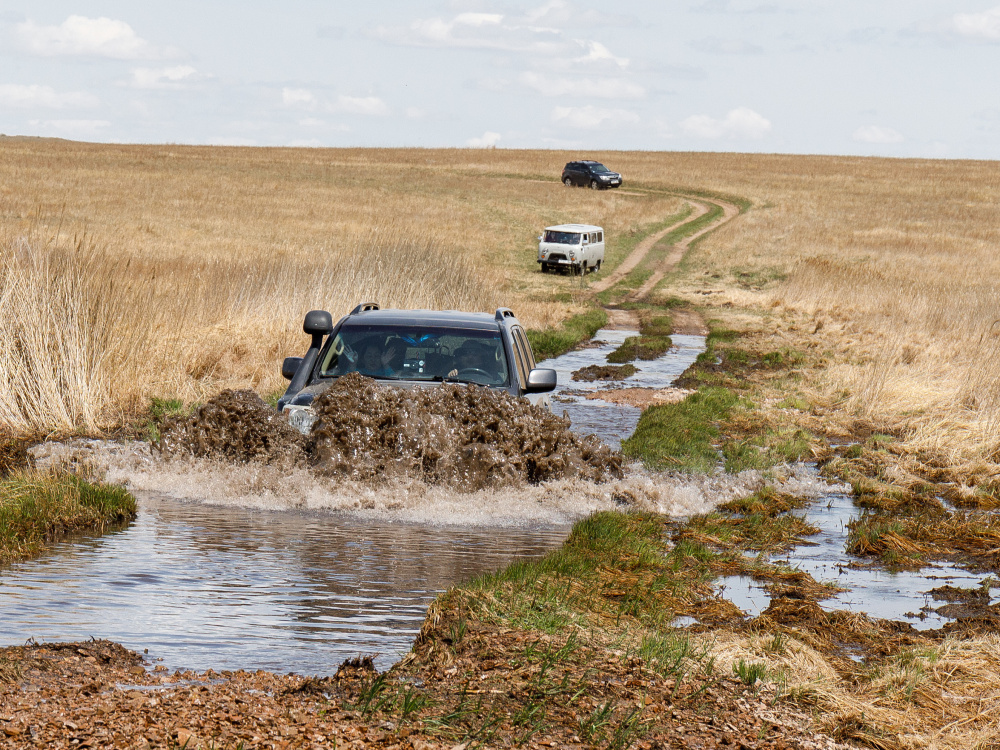
Will there be suitable food for the horses? What about water sources? Where do the herders’ families live and where are their wintering grounds? What sort of profile does the terrain have and what are the winters like? What diseases might the Przewalski's be exposed to? Etc. etc. It wasn't always easy – for example, even the venerable professors were up to their thighs in mud to extricate a Toyota that had got stuck in the bog – but all in all, it was a great success. Next time, we will only take in two sites. One, with its scattered pine groves, is near the battlefields of the ‘opening battle of World War Two’ at Khalkhin Gol. The other, where bright yellow poppies were in full bloom at the time of our visit, is somewhat further southwest, near the Snake River.
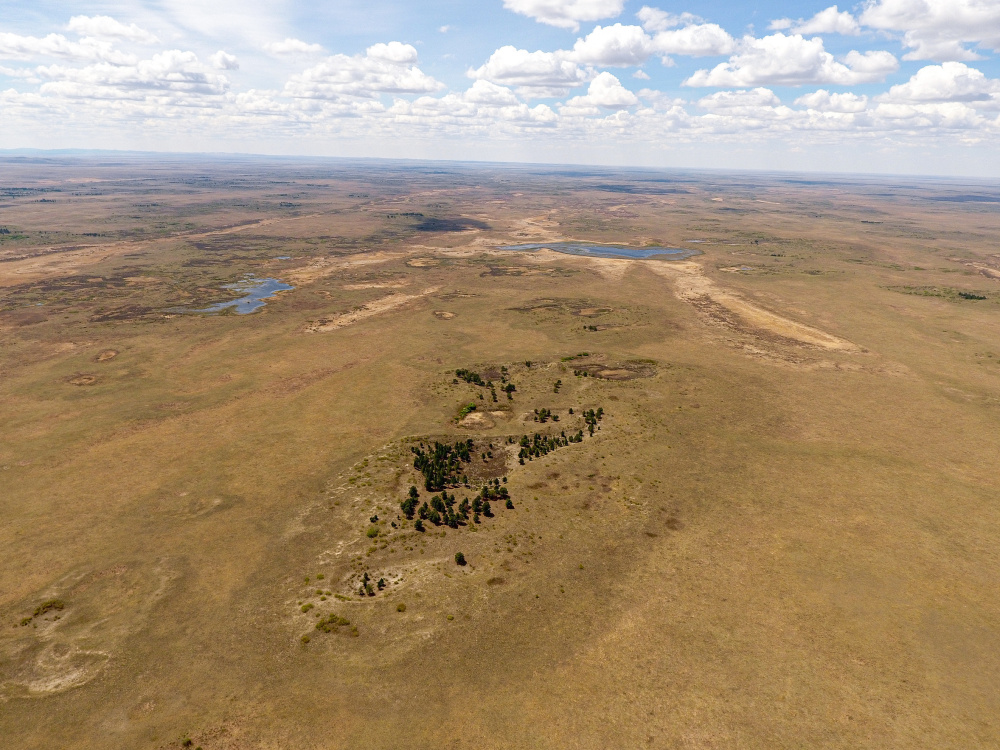
There is still endless work ahead of us, but we believe that within a few years the Przewalski's horses will also return to eastern Mongolia. And I hope that one day I will see the foals of Anežka’s xth generation of descendants in the steppes there.
ZOOPRAHA.CZ
Contacts
- The Prague zoological garden
U Trojskeho zamku 120/3
171 00 Praha 7
Phone.: (+420) 296 112 230 (public relations department)
e-mail: zoopraha@zoopraha.cz
Others
